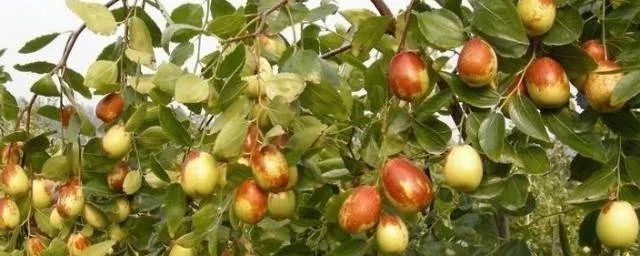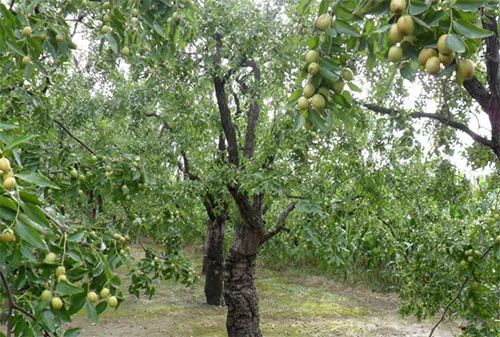Jujube trees sprout late, and flowering and fruiting are concentrated in summer. Therefore, the management of jujube trees in summer is very important. Today we will talk about the key points of summer jujube tree management.

Science Summer Scissors
Jujube trees are plants that are very fond of light. Poor light exposure can cause the tree to grow excessively, increase fruit drop, and increase the incidence of diseases and pests. In mid August, it is necessary to promptly remove excessively dense branches, excessively long branches, diseased and insect infested branches, and weak branches. Except for the jujube heads responsible for expanding the crown, they should be picked appropriately to improve the tree's lighting conditions and nutrient distribution, and promote accelerated fruit growth. The wound caused by pruning should be promptly coated with callus anti-corrosion film to protect the growth of wound healing tissue and prevent bacterial infection from the wound.
Reasonable fertilization
At the beginning of August, nitrogen fertilizer should not be applied to jujube trees with normal growth and fruiting, and phosphorus and potassium fertilizers should be applied appropriately. Jujube trees with more fruiting and weaker growth can be applied appropriately. It is recommended to apply "Hengshui Lake" polysaccharide gold 13-5-28 or 16-5-30, which can activate plant ecological growth energy, improve fruit yield and quality, and reduce fruit drop rate.
Drainage and drought prevention
Mountain jujube orchards need to repair fish scale pits, reservoirs, and other water collection facilities to store rainwater and prevent autumn drought; The jujube orchard in the plain area needs to clear the drainage ditch. In case of continuous rainfall, the accumulated water should be drained in a timely manner to prevent waterlogging.
Preventing pests and diseases
Spraying a 600 fold solution of high lipid film on the leaves in the morning or afternoon can automatically form a layer of invisible polymer protective film, optimize plant water absorption, breathability, and light transmission quality, shield pest and disease attack signals, weaken transmission media, and resist and defend against natural environmental disasters.

 中文版
中文版 English
English